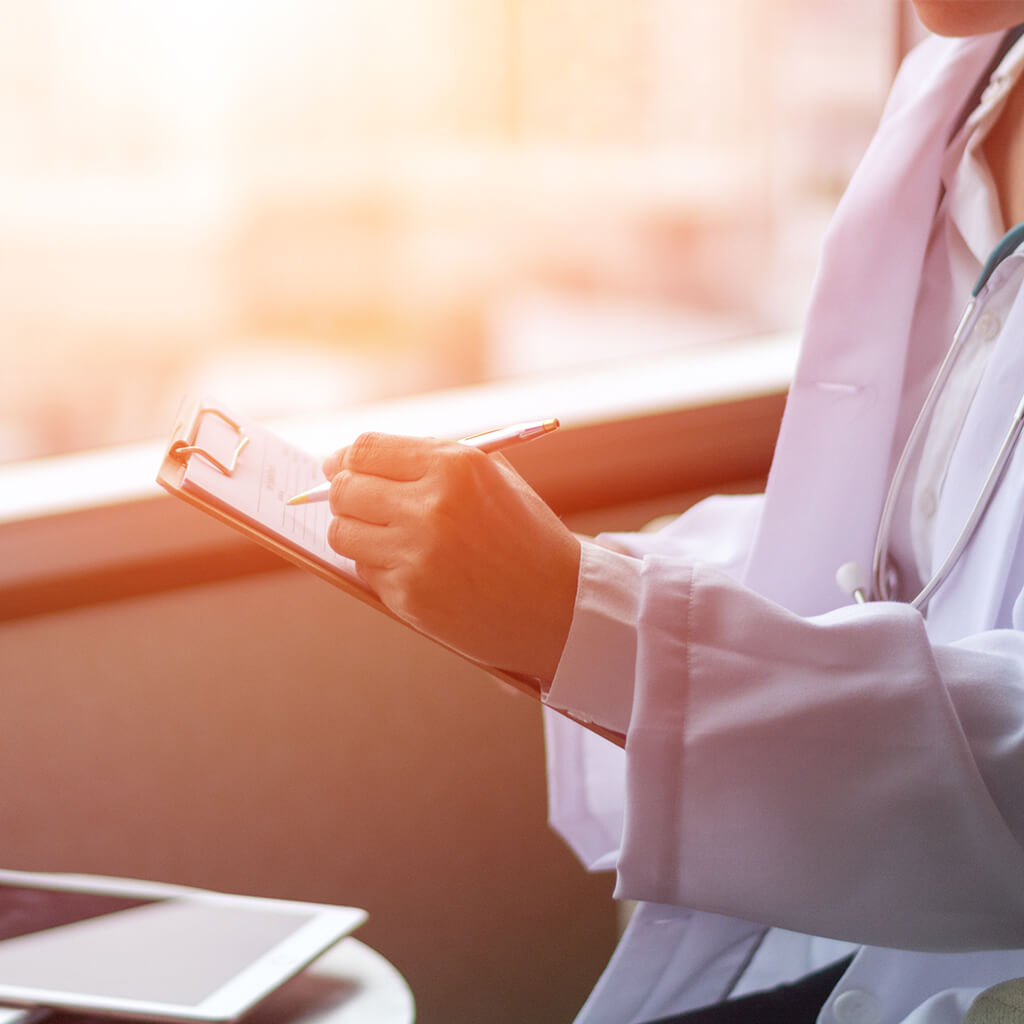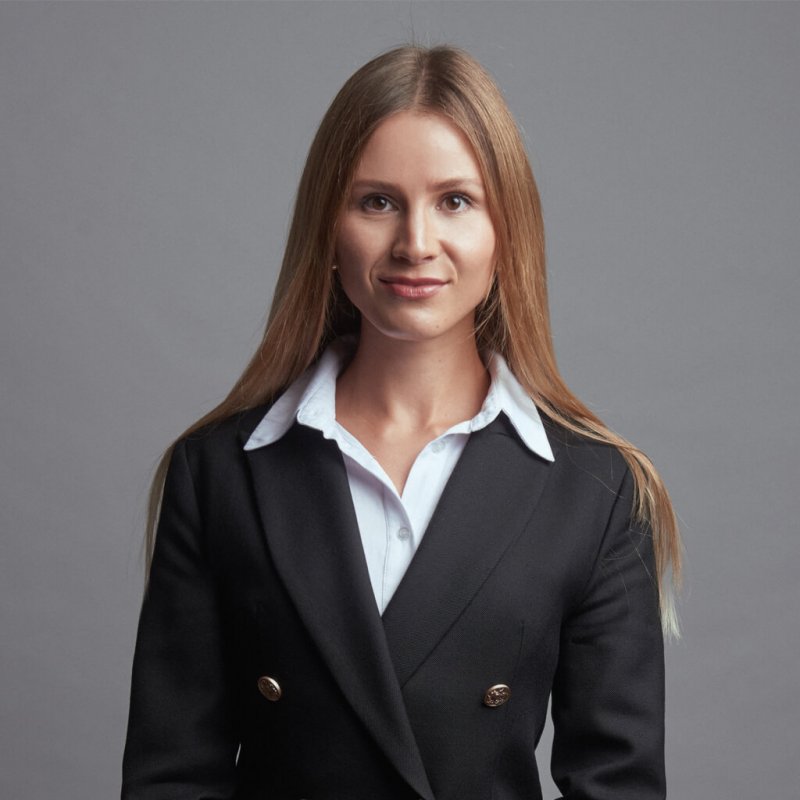Policlinico San Donato: the world after coronavirus

Publication date: 16-06-2020
Updated on: 14-02-2023
Topic: Covid-19
Estimated reading time: 1 min

Article Author
Yulia SukhnevaMedical Editor
Maria Teresa Cuppone
Editor and Translator
Yulia SukhnevaDuring last weeks, Italian hospitals have begun to reopen elective medical and surgical activities after the COVID epidemic, which swept the country in late February. We asked the Chief Medical Officer of the Policlinico San Donato Research Hospital, Dr. Maria-Teresa Cuppone, to share her vision of the past months, and discussed the importance of rapid response, inter-hospital collaboration and joint protocol development
Could you briefly describe the situation in the hospital during these months?
Cuppone: Fortunately, the worst days are behind. At the beginning of the pandemic, we had received 1, 2, 3 patients suspected with COVID through an emergency room, and then within a few days we filled the entire hospital. We had to adapt the hospital very quickly.
The first and the most important need was to have enough beds in the Intensive Care Unit (ICU). Since in our ICU there still were post-operative non-COVID patients, which, of course, we could not mix with COVID-patients, we had quickly equipped 8 new resuscitation beds in the part of the hospital, which was just accredited as an operating room at that time. Speaking of regular wards, we immediately decided that we would allocate 30% of the beds for patients without coronavirus, and the rest we would make available to patients who came through the emergency room. All of them were COVID-positive.
We left the pediatric ward completely COVID-free, as we were appointed as the reference center for pediatric cardiac surgery in Lombardy, as well as the arrhythmology department of Professor Pappone. The rest of the hospital was dedicated to combating COVID.
Thus, by mid-April, we had 280 COVID-patients in our hospital: 28 in intensive care and the rest in the dedicated ward. We did not have big problems with the equipment, we always had all kinds of personal protective equipment for the staff. We also had no problems with masks, gloves, etc. We should also thank the technical department, with whom we quickly performed all the necessary interventions. There were moments of lack of oxygen, because the departments were not originally designed to cope with such a large consumption of oxygen, which is typical for patients with coronavirus. We were always in touch with colleagues, every other day the crisis groups meetings were held to cope with all possible medical and technical problems.
Then, the number of new COVID-cases had gradually decreased in the region, and, therefore, the number of patients with this pathology for emergency care decreased as well. By May 29, we only had 3 COVID-patients in the ICU and 19 in the ward.
The collaboration between Chief Medical Officers of the San Donato Group’ hospitals helped a lot. At least twice a week, we talked through conference calls to build a work plan for all the hospitals in the Group together. This cooperation also helps us today, during the reopening of the non-COVID departments. We slowly returned to opening of all areas of the hospital, and now almost everything is set. Nevertheless, we are obliged to keep some of the beds in the intensive care unit and beds in the wards that can become operative within 24 hours, in case of the return of COVID-patients.
All doctors showed great involvement and dedication, first of all, of course, doctors with specialization close to dealing with this pathology, such as therapists, pulmonologists, cardiologists, etc. Doctors of other specialties also did their best to support colleagues.
Did San Donato Hospital suffer from staff shortages during the pandemic?
Cuppone: No, definitely not. During the epidemic, we invited 4 anesthetists of the last year of specialization from the Niguarda Hospital to strengthen our resuscitation unit, since only doctors with this specialization can work there.
Could you tell us more about the operational part of the patients’ coordination in the hospital, how the flows are divided, what are the gray areas, etc.?
Cuppone: Since the beginning of the pandemic, only one entrance to the hospital was left open. The specially instructed personnel controlled access to the hospital with the help of a thermoscan and informed all incoming patients about the instructions to follow. For example, an accompanying person cannot enter the hospital (except for special cases); inpatient visits are not permitted. If someone has a temperature of 37.5 or higher, he/she goes to the emergency room to find out the cause of the fever and take a coronavirus test, if necessary.
For therapeutic and surgical patients with planned hospitalization, we have introduced a mandatory preliminary examination. First, a medical history is collected by phone to identify possible symptoms. If there is no suspicion of coronavirus, the date of examination in the dedicated part of the hospital is established. After a coronavirus test and chest x-ray are performed, a patient remains in self-isolation at home for the next 48 hours before admission. Admission is permitted if the test results are good and the swab is negative.
For outpatients, who come for a consultation, the body temperature is measured at the entrance. If the temperature is normal, patient is sent to the place of consultation, entering without accompanying person. If the temperature is 37.5 or higher, person goes to the emergency room. A special markup was created in the hospital indicating directions, required distances and behavior norms. During the appointment, a doctor double checks one’s medical history for COVID. Inside the hospital all patients must wear a surgical mask, medical personnel should wear individual protection equipment as well. After a visit is finished, we disinfect all surfaces of the doctor’s office. The time between patient visits was increased so as not to create congestion in the waiting rooms.
Emergency room always had separate patient flows, so nothing has changed for us. Emergency department always functions as if an epidemic is evolving, providing more powerful personal protective equipment for staff and mandatory separation of flows. We have created a special gray area to accommodate patients awaiting the COVID-test result and patients whose swab is negative, but the clinical picture is suspicious with COVID. After, these patients are distributed between COVID and non-COVID flows.
How long does a patient wait for a swab result?
Cuppone: Unfortunately, it's still 24 hours because we send tampons to the San Raffaele Hospital as requested by the Lombardy Region. The very method of obtaining the results of a tampon is about 3-4 hours.
Today in countries around the world there is a lot of doubt about the quality of the results of coronavirus’ tests, how do you control this aspect in Italy?
Cuppone: The Lombardy region has identified which laboratories are reliable for performing COVID testing, as well as the correct method for conducting it. Unfortunately, there are no tests that do not have false negative results. In such cases, work with the patient’s symptoms is of primary importance, and if in doubt, the test is repeated after 24-48 hours. Unfortunately, we cannot trust the swab 100%.
How will hospital disinfection procedures change before opening non-COVID departments?
Cuppone: Fortunately, as we know, the virus cannot survive on the surface for long. Before the opening of the departments, we decided on a new important disinfection procedure. We started by disinfecting all of the hospital's ventilation ducts, a very important and complex undertaking. After this, the COVID departments are disinfected with products based on sodium hypochlorite. Where it is not possible to use sodium hypochlorite, we used alcohol. After disinfection, we carry out the treatment with hydrogen peroxide in rooms, on equipment and even furniture, leaving the solution to act for 4-12 hours.
How long does it take to disinfect a hospital as big as San Donato?
Cuppone: It takes 2-2.5 days to process one ward and all items in it. Then it takes time to fill the compartment with materials.
Among medical personnel, who should perform serological tests?
Cuppone: We are autonomous in conducting serological tests. A serological test is a voluntary procedure, but if it is positive, the patient is required to perform a COVID-tampon to be sure that this person is no longer contagious. A serological test can be done by anyone who has not previously had a positive COVID swab. This means that when returning to the hospital after any illness or absence for any other reason, our staff should do a double COVID-test if they had not previously confirmed a positive result.
76-78% of employees passed the serological test voluntarily, of which 8% had a positive result. This means that these 8% developed antibodies to the COVID, they were placed in isolation for 24 hours, followed by the second swab. Only 1% of these 8% received a positive test result and were sent to quarantine at home. Those who received a negative result were allowed to return to work.